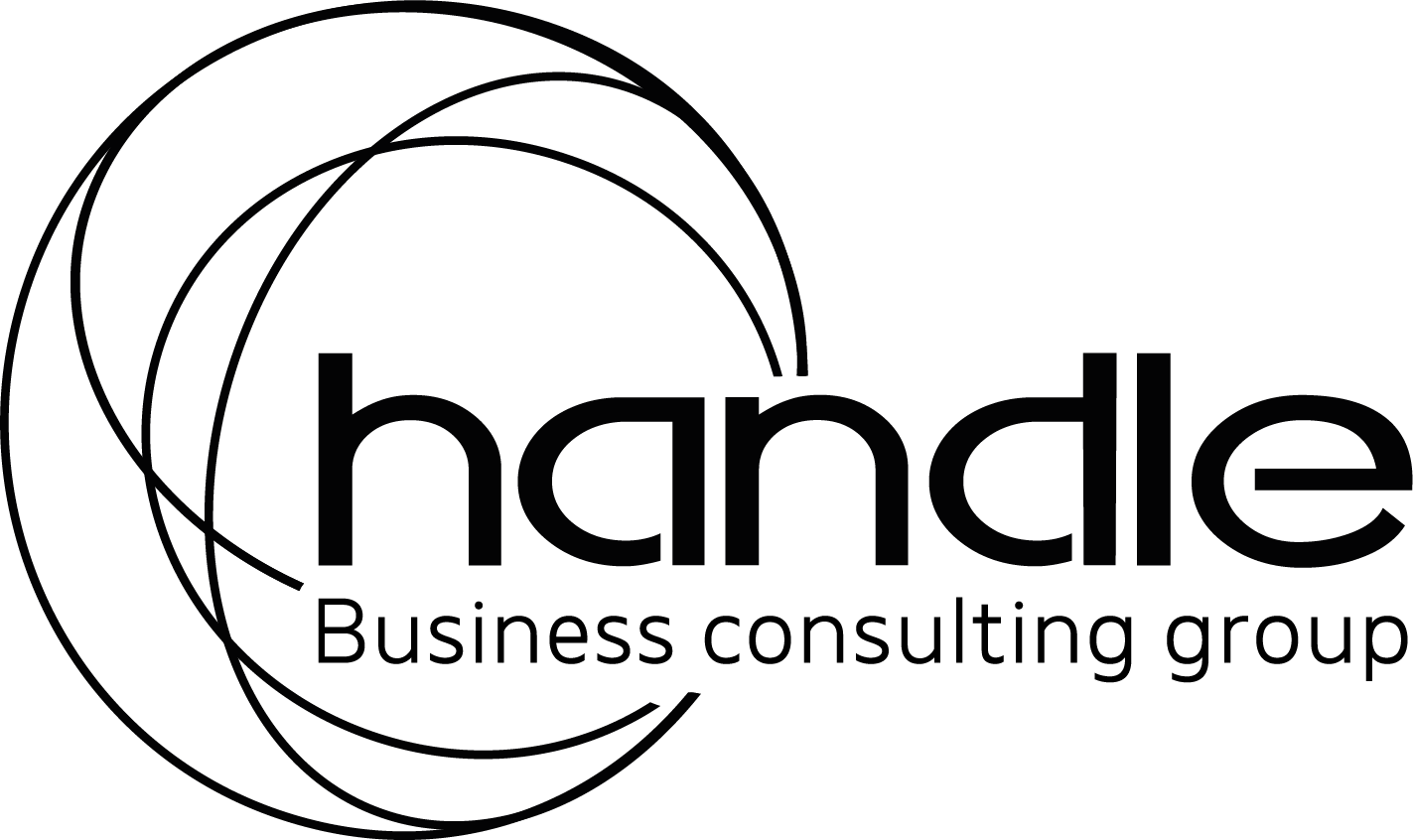Introduction:
Family governance and corporate governance are two distinct yet interconnected concepts that play pivotal roles in the success and sustainability of family-owned businesses. Understanding the nuances and differences between these two frameworks is essential for maintaining effective and efficient decision-making processes while preserving family harmony and business growth. This guiding report/article aims to shed light on the unique aspects of family governance and corporate governance, highlighting their respective roles and importance in family-owned enterprises.
- Definition and Context:
Family governance refers to the set of structures, policies, and processes that guide family dynamics, decision-making, and relationships within a business-owning family. It focuses on ensuring family alignment, fostering communication, addressing conflicts, and advancing the overall purpose and values of the family. Corporate governance, on the other hand, pertains to the systems and practices put in place to oversee and direct the operations, strategies, and performance of the business entity as a whole, prioritizing shareholders’ interests and maximizing value creation.
- Stakeholders Involved:
Family governance primarily revolves around the needs and dynamics of the family itself, encompassing family members, present and future generations, and often extending to their spouses and partners. It takes into account family dynamics, inter-generational relationships, ownership engagement, and succession planning. In contrast, corporate governance concerns a wider range of stakeholders, including shareholders, the board of directors, executive management, employees, customers, suppliers, regulatory bodies, and the broader community. The focus is on transparency, accountability, and safeguarding the interests of all relevant parties.
- Decision-Making Processes:
Family governance takes a long-term and holistic perspective, emphasizing consensus-building and fostering collaboration among family members. Decision-making in family governance often involves traditional values, emotional considerations, family relations, and the preservation of family harmony. Corporate governance, though built upon sound decision-making practices, emphasizes independence, expertise, efficiency, and strategic business considerations. It follows governance principles and frameworks that ensure vigilant decision-making processes, risk assessment, and performance evaluation.
- Priorities and Values:
Family governance places a strong emphasis on family dynamics and values-driven decision-making. It seeks to transmit family values and legacies, promote responsible ownership, and incorporate the interests and aspirations of both the business and the family members. Corporate governance is primarily focused on maximizing shareholder value, protecting the business’s integrity, and ensuring compliance with legal and regulatory requirements. It aims to enhance performance, manage risks, and create sustainable value for all stakeholders.
- Interplay and Integration:
Family governance and corporate governance are intricately linked. Establishing a clear connection and integration between the two frameworks is crucial for a family-owned business’s long-term success. While family governance provides the foundation for values and family coherence, corporate governance provides the necessary structures and tools to professionalize and guide the business towards success. A well-balanced approach ensures that family values and aspirations are safeguarded while the business remains competitive and adaptive.
- Key Practices and Tools:
- Family Governance:
-
- Family Constitutions: A written document that outlines the family’s values, vision, mission, and guidelines for decision-making, ownership, family participation, and conflict resolution.
- Family Councils: A platform for family members to come together, discuss important matters, make collective decisions, and foster communication among generations.
- Succession Planning: A strategic process that identifies and prepares future leaders within the family, ensuring a smooth transition of ownership and management across generations.
- Education and Development Programs: Providing structured opportunities for family members to enhance their knowledge, skills, and capabilities related to family business governance, leadership, and professional development.
-
- Corporate Governance:
-
- Board of Directors: Composed of independent directors, family members, and external experts, responsible for strategic decision-making, risk oversight, and ensuring transparency and accountability.
- Board Committees: Specific sub-committees, such as audit, risk management, compensation, and nomination committees, focusing on specific areas of board responsibility.
- Standard Operating Procedures: Clearly defined policies and guidelines that ensure consistency in decision-making, financial management, compliance, risk assessment, and operational excellence.
- External Audit and Internal Controls: Implementing robust control mechanisms, internal auditing, and independent financial audits to ensure transparency, ethical conduct, and accurate financial reporting.
- Regulatory Compliance: Ensuring compliance with laws and regulations governing the industry, protecting the interests of stakeholders, and mitigating legal and reputational risks.
- Effective Integration:
Successfully differentiating family governance from corporate governance requires a balance between the interests of the family and the business. Integration can be achieved by:
- Creating strong bridges between family governance and corporate governance structures, aligning goals, roles, and responsibilities.
- Open and transparent communication channels between family members and independent directors to address overlapping issues and ensure effective decision-making.
- Developing shared family and business strategic plans that align long-term visions and cultivate a strong company culture rooted in family values.
- Regular review and evaluation of both family and corporate governance practices to adapt to changing circumstances, stakeholders’ expectations, and industry dynamics.
Conclusion:
While family governance and corporate governance serve distinct purposes, they are fundamentally intertwined in family-owned businesses. Recognizing their differences and deploying appropriate practices and tools for each framework is crucial for promoting family harmony, preserving the family legacy, and successfully managing the business’s operations, growth, and longevity. By embracing a well-rounded and integrated approach to family and corporate governance, family-owned businesses can fortify their resilience, competitive advantage, and sustain success across generations.















